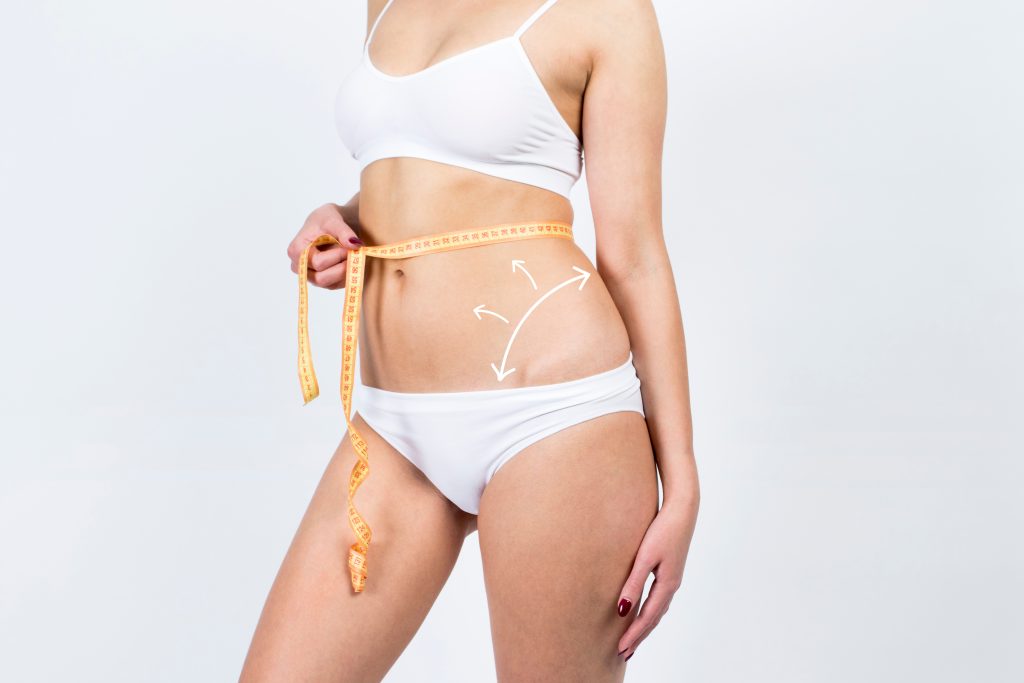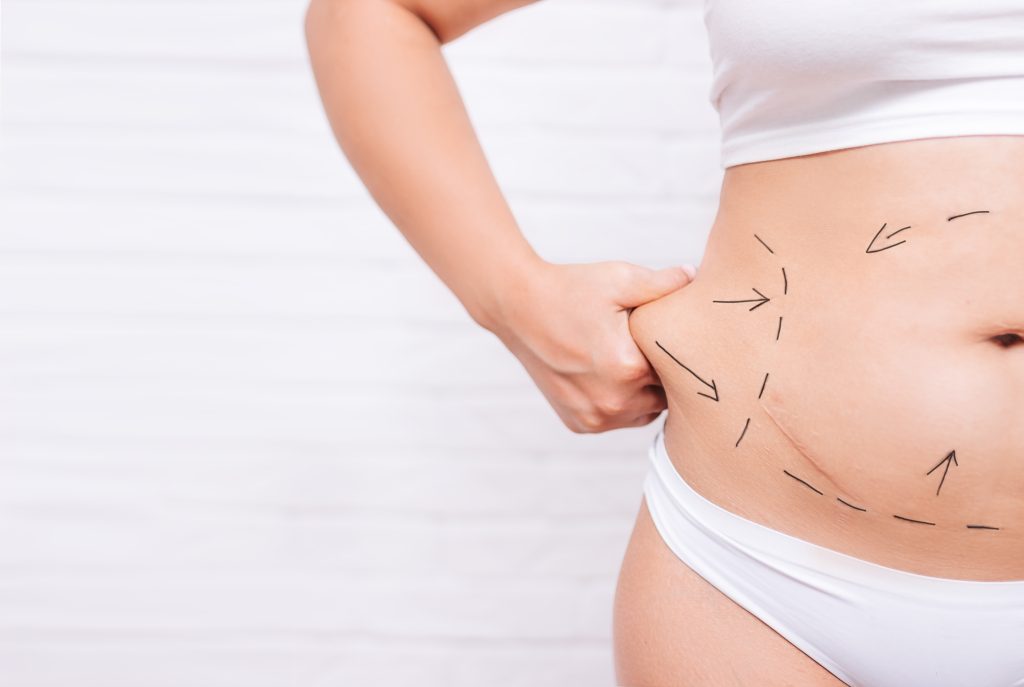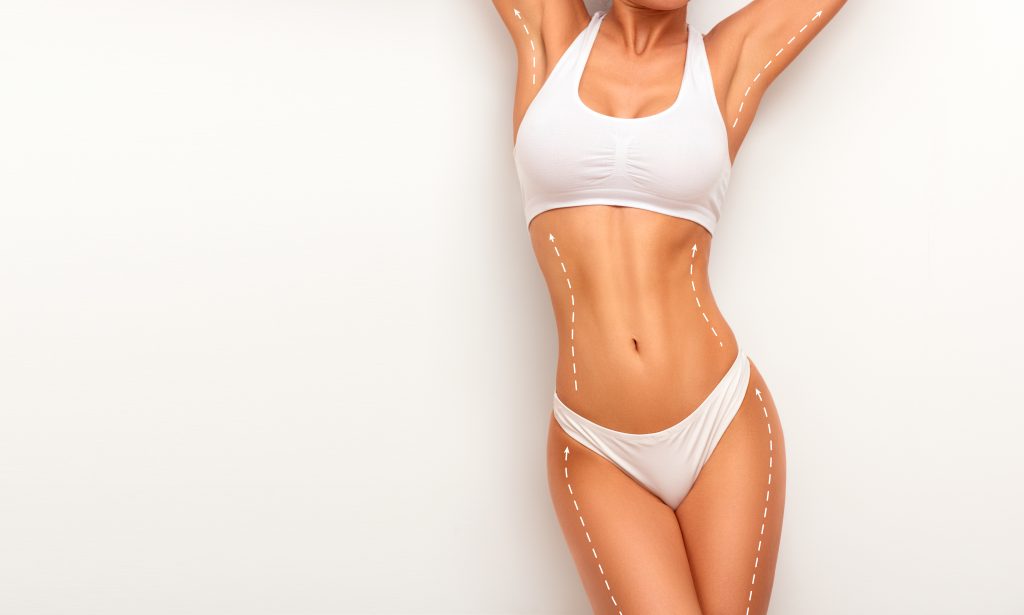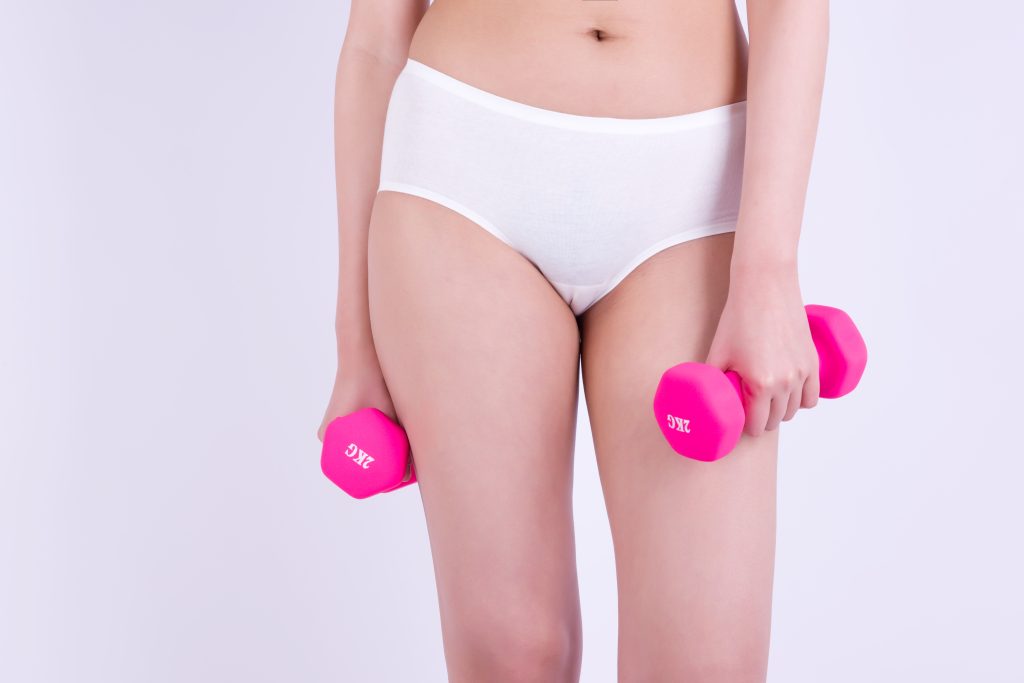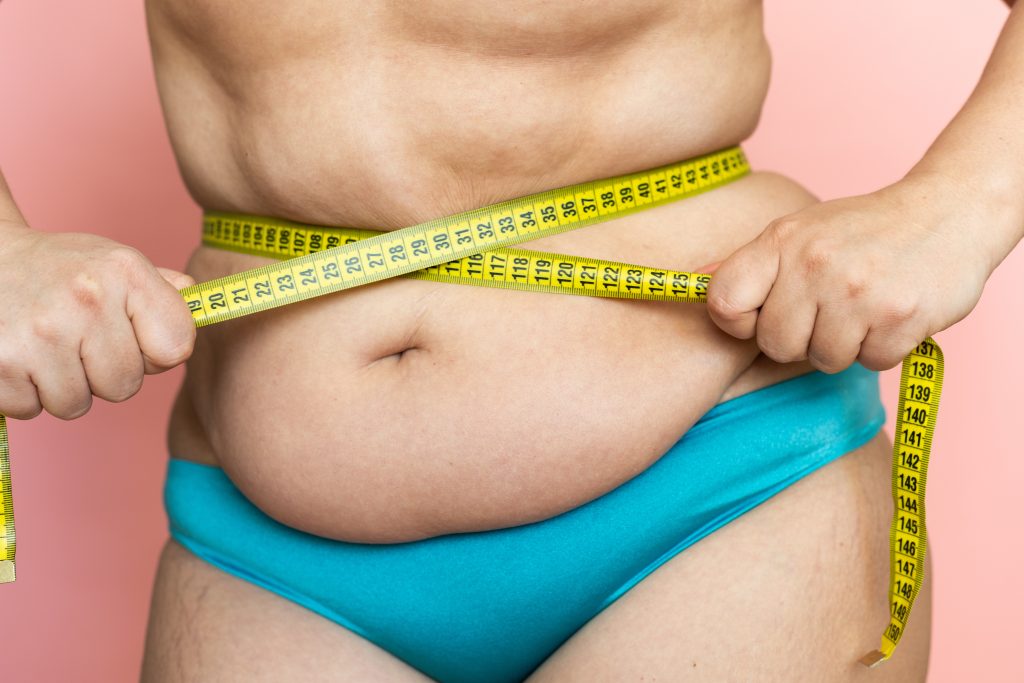Liposuction VS Fat Freezing
In the world of fat loss and reduction, it can be hard to find the best option for you. Dietary and lifestyle factors are extremely important in living a healthy and balanced life. However, some people are genetically predisposed to stubborn fat deposits that are not reduced even with the most rigorous dietary and exercise regimes. This can often find people looking for weight loss alternatives such as Liposuction and Fat Freezing.
What happens to fat cells when you lose weight?
When weight is lost naturally through dietary and lifestyle changes, the fat cells shrink, however the number of cells remains the same. Like a yoyo these cells increase when we have a “ bad month” and decrease when we have a “good month” This can make the body more prone to regaining weight in the future.
With fat reduction treatments such as liposuction, fat cells are actually taken out, meaning the number of fat cells found is reduced. This means that the targeted area would be less prone to weight gain as there are less fat cells to store fat in the area. This allows for more long term effects as well as sculpting of the body.
What is Liposuction:
Liposuction is a minimally invasive surgical procedure that is carried out under local anaesthetic. This treatment is performed by an experienced cosmetic surgeon in a hospital or accredited day surgery setting. At Liposuction Australia, all cosmetic surgeons are registered and are fellows of the Australasian College of Cosmetic Surgery (ACCS) requiring them to uphold a high standard of testing, education and infection control care.
First, a small incision is made and a cannula is inserted into the targeted area, this cannula uses negative pressure to act as a suction device. Fat cells are effectively removed through this suction and the targeted area can be liposculptured to the desired shape.
What is Fat Freezing:
Fat Freezing (Also known by leading brand name CoolSculpting) is a non-invasive treatment for fat reduction. It works by delivering controlled freezing to unwanted fat cells; these fat cells, after being frozen, get naturally eliminated by the body. The treatment only targets the area it is focused on and there is no change to the fat cells in untreated areas.
Liposuction vs Fat Freezing recovery times:
Depending on the area and the amount of fat taken, liposuction patients are usually back to work within 3-7 days and returning to all normal activities in 4-6 weeks.
Coolsculpting is non-invasive and has no down-time, this is why it is often called a “lunch-time treatment”.
Liposuction vs Fat Freezing results:
Liposuction is the gold standard when it comes to precise fat removal and body sculpting. An experienced cosmetic surgeon will be able to achieve improved proportions and contours of the body through carefully placed fat removal. With liposuction, results are guaranteed, meaning fat that is targeted will be removed and cannot regrow. Results for liposuction may be noticed immediately, however this is not the final result. Post operative swelling will subside after 2-3 weeks, with results consistently improving over the next 3-6 months while your skin retracts.
Fat Freezing results cannot be guaranteed and will vary. Coolsculpting manufacturers claim up to a 20-25% reduction of fat in the area per treatment, which is why multiple sessions are required to see varying results. Fat freezing is targeted to the area the applicator is placed, however accurate sculpting cannot be achieved. Results will appear gradually in the 3-4 weeks after each treatment.
Liposuction vs Fat Freezing convenience:
Living a busy life means that it is important to consider the most convenient option for you and your schedule.
Although liposuction has a longer downtime, only one treatment is required. This means that after your 2-7 days of downtime, you will not have to complete any further treatments and you can begin loving your immediate results.
Fat freezing on the other hand, requires multiple treatments spaced roughly 4-6 weeks apart, with results showing gradually after each. Most people require up to 3 treatments per area for their desired results.
Liposuction vs CoolSculpting cost:
Usually, non-invasive treatments come at a much lower price tag, this isn’t always true with fat reduction. In Melbourne, each coolsculpting treatment costs an average of $650-$800 per area. With liposuction starting at roughly $3300 per area, this does make coolsculpting seem far cheaper.
However, Coolsculpting areas are much smaller and require several treatments.
For example, if the abdomen was treated through Coolsculpting, the area would be split into Lower, Middle and Upper with each area costing ~$700 with most patients requiring 2-3 sessions. This would mean the total cost would range from $4,200 – $6,300.
In comparison, liposuction for the abdomen starts from $3650.
Another aspect to consider is package pricing, pricing to “add-on” areas to liposuction will often be significantly cheaper due to hospital, anaesthetic and surgeon fees being divided. This makes liposuction much more cost effective, especially for larger areas or multiple areas!
So what’s best for you?
It is always important to consider all of your options before going ahead with any treatments. We recommend consulting with professionals and comparing the quotes and information that is tailored to your body. With every body being different, the best option for one person’s body may be very different to yours.
